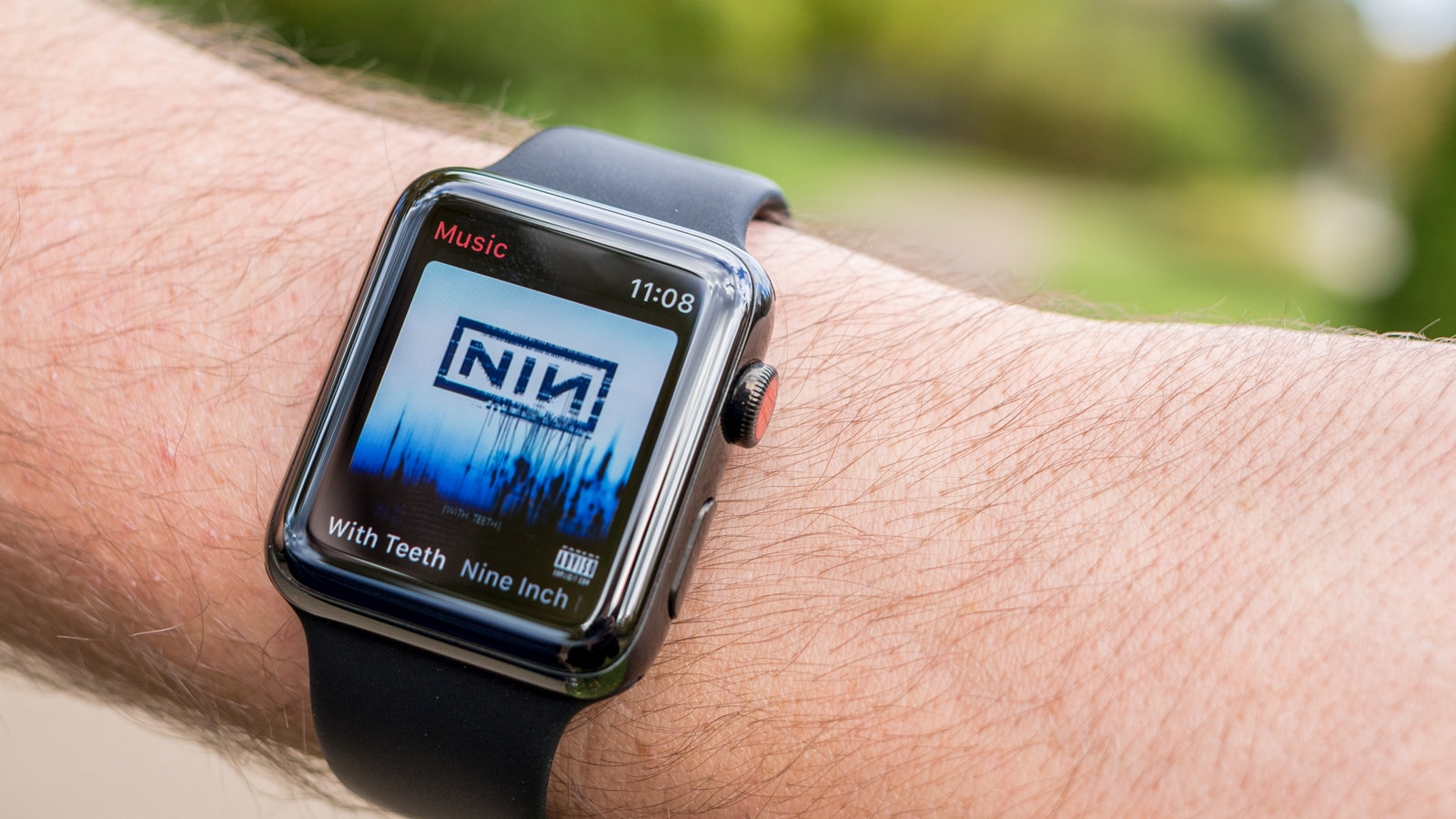Apple products are expensive. Even the cheapest laptop costs a thousand bucks and even if you settle for an older iPhone 12 you’ll need to fork over at least $699. The cheapest Apple Watch, the Apple Watch Series 3, will still cost you $199.
But if you buy an Apple Watch Series 3 from the Apple Store right now, it’ll be obsolete in about three months. Apple has announced that watchOS 9, which will arrive sometime this fall, only supports the Apple Watch Series 4 and later despite the fact that Apple actually still sells the Apple Watch Series 3.
That’s not a great look. As an Apple writer, I know better than to plunk down $199 on a piece of technology that’s four years old, but the average consumer looking to get a bargain probably doesn’t. That’s why Apple still sells it: For those who you don’t want to spend $399 on an Apple Watch Series 7 or even $279 on an SE, the Apple Watch Series 3 is there.

It may be a “budget” device, but there’s an expectation when you buy an Apple product that it won’t be immediately obsolete. However, that’s basically the case with the Apple Watch Series 3.
And other relatively recent devices are hitting the compatibility chopping block this year too. On the iPhone side, the iPhone 7, which was sold until 2019, won’t get iOS 16. The same goes for the 1.8-GHz Core i5 MacBook Air 12-inch MacBook, also sold in 2019. And while the Apple TV HD escaped obsolescence this time around, it likely won’t be able to support the next tvOS update in 2023.
A relentless pace
You can argue–especially on the Mac side–that the pace of innovation is to blame. The Apple silicon transition has led to a massive leap in performance and capabilities of Apple’s Macs, so it’s not terribly surprising that lower-end Intel chips from just a few years ago can’t handle the same OS features. And the Apple Watch has undergone several major changes since Apple introduced the Series 3 in 2017.
But for a company that’s been extremely mindful of older devices’ longevity, the lack of support is concerning. Someone somewhere is buying an Apple Watch Series 3 from the Apple Store and outside of a watchOS 8.7 update that will probably arrive later this month, they’re not going to get any new features, updates, or security patches for as long as they own it.
That’s an erosion of the trust Apple has spent years cultivating. Apple doesn’t offer an explicit upgrade guaranteed as some manufacturers do, but users expect their device to remain supported as long as they own it. A Mac bought in 2019 or an Apple Watch bought in 2022 that won’t be receiving the latest OS update is hardly reassuring to someone buying an older iPhone or SE device.

For the Mac, the transition to a new processor muddies those waters a bit, but Apple supported PowerPC chips for six years after the Intel transition was announced. We’re two years into the Apple silicon transition and Macs are dropping like flies. At the rate things are going, macOS 17 in 2025 won’t support any Intel Macs, including the ones still being sold (Mac mini and Mac Pro). And when it comes to the iPhone and Apple Watch, the Apple silicon transition doesn’t hold water, since they’ve been using Apple silicon all along.
And then there’s the iPad Pro. While on one hand, iPadOS 16 happily supports every iPad Pro model ever released, going all the way back to 2015, the most intriguing new feature, Stage Manager, is only able to be used on three models: the most recent 11-inch iPad Pro, 12.9-inch iPad Pro, and iPad Air with the M1 processor.
That means the iPad Pro released in 2020, barely two years ago, is already behind the times. Apple explains that Stage Manager “requires large internal memory, incredibly fast storage, and flexible external display I/O,” which is why it requires an M1 chip, but that’s not very reassuring to people who spent a thousand-plus dollars on an iPad Pro just 18 months ago.
So how are we to know that the next round of hardware is going to last longer than a year or two before Apple declares it obsolete? The Apple TV HD, iPhone 11, ninth-gen iPad, Intel Mac mini: All of these devices can be bought at Apple’s store right now.
Will they get next year’s updates? Maybe. But I’m less certain than I was a couple of weeks ago.




